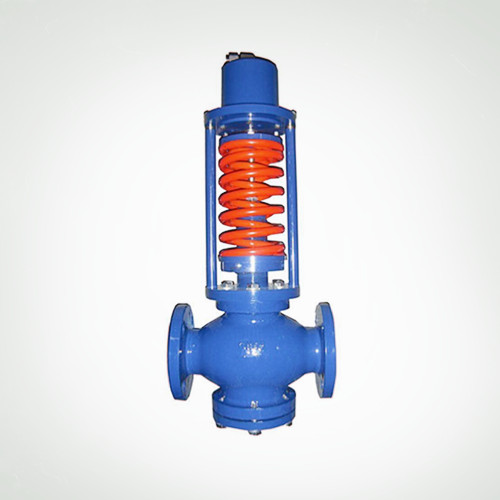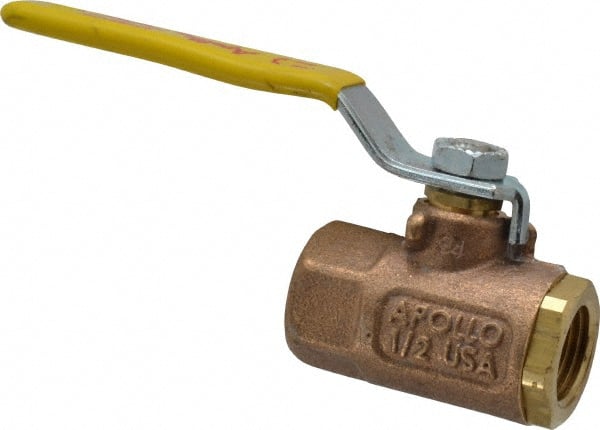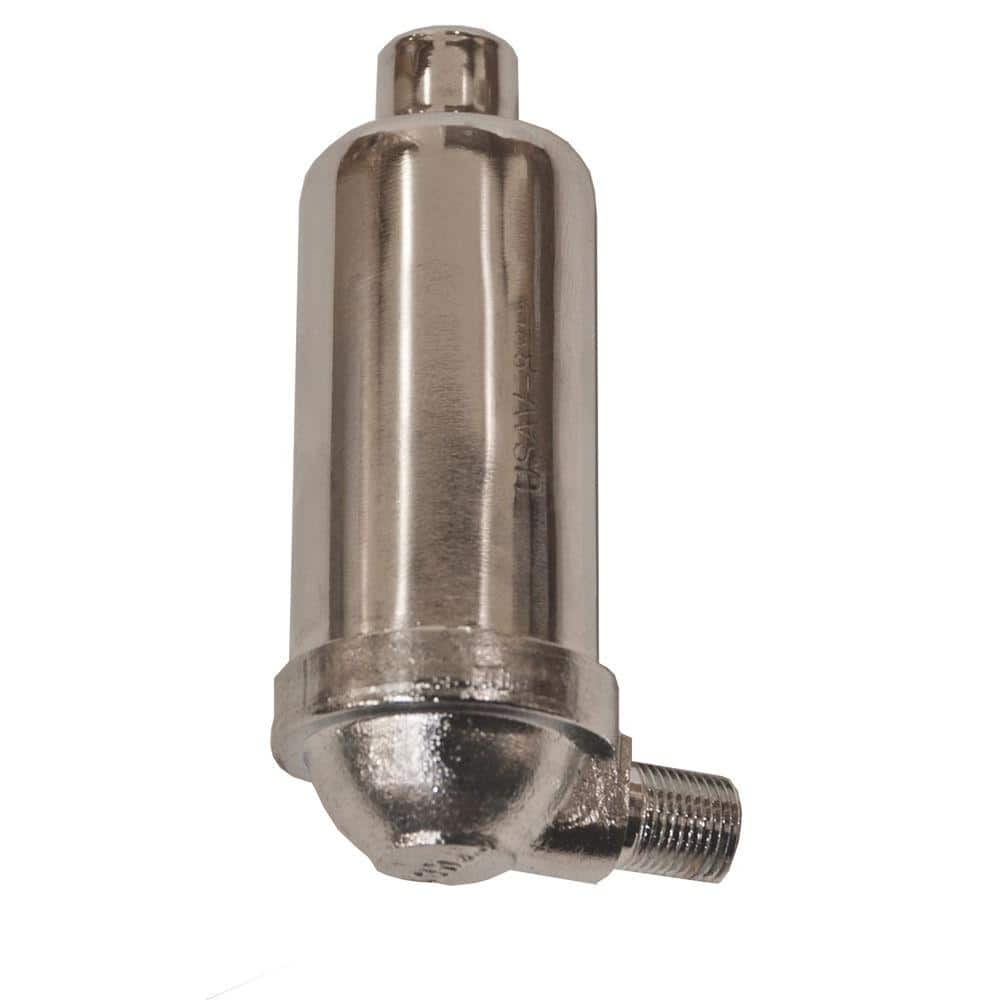If we sell it, we stand by it —We offer comprehensive support for the products we represent. Our experts
have scoured the market for the highest quality products to implement to ensure the most effective
systems. If your steam and process heating needs are putting too much pressure on your team, you can
count on us to help you power up with the most reliable and effective systems available.
Founded in 1976 as a manufacturer’s representative of heating,
plumbing, piping, and power equipment, Martin Engineering Co., Inc.
is headquartered in Braintree, Massachusetts.
We make games, Steam, and hardware. We're seeking collaborators who are the best at what they do. Opportunities at Valve run broad and deep across the following areas, where we're always hiring for.
- Covering all of New England
- Over Four Decades of Industry Experience
- Unrivaled Technical Expertise
- Unsurpassed Customer Support
We offer Technical/Engineering expertise on products we represent with our
primary focus being Steam, HVAC, Power and Process control equipment.
We specialize in problems involving, but not limited to:

PIPING THERMAL EXPANSION | STEAM DISTRIBUTION | CONDENSATE RETURN
- Designed for high-temperature fluid applications involving steam or hot water, these valves are closed when the solenoid is de-energized and open when the solenoid is energized. The slow-closing design reduces the pressure spike and brings the water hammer to a level that eliminates the need for suppressors or other controls.
- STEAM SUPPLY, LLC 19510 144th AVE NE, SUITE D-12 Woodinville, WA 98072 TOLL FREE (866) 796-4800 (206) 716-4800 Sales@steamsupply.com MONDAY - FRIDAY 7AM-4PM SATURDAY-SUNDAY.
- Online calculator to quickly determine Steam Flow Rate through a Valve. Includes 53 different calculations. Equations displayed for easy reference.
Announcing Our New Line of Steam
Specialties... Watson McDaniel Precision
Manufactured Steam Products
We’re proud to work with Watson McDaniel, an ISO 9001 Quality Certified manufacturer, whose globally recognized and time-tested products offer maximum efficiency. From sophisticated control valves to standard steam traps, we have the steam specialty products you need at a cost you can afford. MADE IN THE USA. As with all of the products we offer, Watson McDaniel products are backed up by our unsurpassed customer service.
Alarm Annunciators
ASME Code Tanks
Boiler Controls
Boiler Feed & Vacuum Boiler Feed Units
Building
Check Valves
Condensate Units
Control Valves
Domestic Water Tempering Valves
Electric Steam & Hot Water Boilers
Steam Valve Index Return Policy
Expansion Joints
Feed Water Pumps
Steam Valve Sizing Calculator
Heaters
Liquid Drainers
Pressure Reducing Valves
Safety & Relief Valves
Steam Flow & Condensate Meters
Steam Fired Instantaneous Hot Water Heaters
Steam Traps

Strainers
Temperature Regulators
Vacuum Boiler Feed Units
Vacuum Condensate Units
This article is not focused to any specific aspect of steam control valve. The wide subject matter can accommodate a lot of pages. However, to confine it within a respectable size, we will focus mostly on technicalities and industrial applications of steam control valve. We will try to make this article interesting for all readers, and navigate from basics to complex technology-oriented topics.
Let’s hit at the root of the subject, which is steam in this article.
What is Steam and what are its principal applications?
Water is converted to steam during transition from liquid to gas. Hydrogen bonds keep the H2O molecules together, and it breaks free to generate steam. In the liquid form, the molecules are continuously broken and joined with each other. The bond of the molecules becomes loose with application of heat, and eventually some molecules will break free at higher heat and create steam or dry steam. Both dry and wet steam is used in industries. Wet steam is formed when some water molecules release its’ latent heat and form tiny water droplets.
Steam is used in a large number of industrial applications. The most common applications are the process heating and driving the steam turbines to generate electricity. Apart from these, steam is used for atomization, cleaning, moisturize, and humidification. However, most of the applications will require some parameter control, and thus a steam control valve becomes a part of process control engineering.
Why a Steam Control Valve is used in process control applications?
Technically, a valve is a device which will control flow of fluid or vapor in any system. In case of steam, the major applications are to reduce the pressure of the inlet steam for process application. However, in addition to controlling pressure, a steam control valve will also control temperature.
Boilers will typically work at high pressures, as low pressure operation will result in carryover of water. High pressure steam has lower specific volume, which will allow pipes to carry less weight. In effect, distribution of steam becomes easier and cheaper due to the cost reduction in piping and insulation. Industrial process applications use steam at a lower pressure. The reason for this is that the steam at a low pressure has higher latent heat, which increases energy efficiency to a large extent. Steam pressure and temperature are related, and hence temperature is automatically controlled through the control of steam pressure. The reduction of steam pressure is also related to the required plant safety. Steam pressure can be controlled by using Steam Control Valve.
What is the principle of operation of a Steam Control Valve?
The old method of throttling flow or using an orifice plate will result in fluctuations of flow rate. The ideal solution is to adjust the downstream pressure automatically through proportional adjustment of valve opening. This technique will keep the steam pressure unaltered even during the fluctuations of flow rate.
Fig-1

The schematic in Fig-1 illustrates the use of a Steam Control Valve to reduce steam pressure to control heating inside the jacketed vessel. This system will ideally demand for manual interventions. A fully self-contained automatic system will comprise of an actuated Steam Control Valve, a pressure sensor and an actuator. This kind of system senses the fluctuations in the downstream pressure and adjusts it through a quick response actuator.
The typical mechanism to adjust the outlet pressure is through a balance of force adjustment between the steam pressure and the adjustment spring in the valve. The steam control valve is manufactured either by Non-piloted Acting Valve or Pilot-operated Acting Valve.
The non-piloted adjustment spring applies downward force directly on the main valve. The Piloted type adjustment spring executes downward pressure on a smaller pilot valve, which is not the same as the main valve.
The advantages of direct acting type are compact, economic, and straightforward installation. However, the controlling factor have larger variations from the set point, and mostly used for low loads.

Fig-2
The schematic in Fig-2 above is self-explanatory of the Piloted type Steam Control Valve arrangement normally used for a Heat Load along with a Heat Exchanger. The piloted type is used for heavy loads to achieve a fast response in a much broader range of flow range than the non-piloted types. However, these are larger in size and costlier.
What are the industrial applications of Steam Control Valves?
Steam is the mostly used medium for heat transfer in process control applications in industries. Steam Control Vales are largely used in steam driven turbines in electric power plants. The range of applications is quite large. However, Food-processing plants, Refineries and chemical plants are the users of different types of control valves driven by steam.
Here is a list of some typical applications of this valve:
- Fluid heat exchangers
- Re-boilers
- Reactors
- Combustion air pre-heaters
- Sterilizers
- Unit Heaters
- Humidifiers
- Direct Steam Injection Sanitary Heater
- Ironers
- Acid baths
- Small storage calorifiers
- Water treatment plants
Conclusion:
We may conclude that steam control valve is a significant equipment to manufacture high-quality products in industries. Today, advanced technology and long lasting materials are used to manufacture these valves to prolong its life cycle. It is also imperative that process control engineers have to learn installation and application techniques of this important industrial equipment.
| OMC V100: DIN rated, PN flanged control valves. Typically used for Steam, Water and Gas applications. Can be provided with Class V or Class VI shutoff. Provide compact solution with pneumatic or electric actuators and positioners. |
OMC K100: A larger range of body materials and trim capability. This range of valves is particularly suited to applications where aggresive fluids and demanding applications require control valves with exotic materials or reduced trim. |
| OMC KA10: True ANSI specification valves. This means that face to face dimensions as well as flanges conform to the requirements of ANSI standards. |
| OMC S100: Control valve for food processing, chemical and cosmetic industries, these valves are manufactured with hygenic internals and a range of triclamp or sanitry process connections. |
| We have limited stock of small bore (1/2' and 1') bossmatic control valves. These are available with I/P positions and a full set of service spares |
| OMC K150: 3-Port Mixing / Diverting Control Valve for flow suitable for DHW (Hot water systems, including temperature control of plate heat exchangers and calorifiers. |
| OMC S250 is used in the industrial sectors such as the food, pharmaceutical, chemical and cosmetic industries, where high hygienic standards are required.these valves are manufactured with hygenic internals and a range of triclamp or sanitry process connections. |
| OMC S260 is used in the food, pharmaceutical, chemical and cosmetic industries, where high hygienic standards are required. These valves are manufactured with hygenic internals and a range of triclamp or sanitry process connections. |
Steam Valve Index
